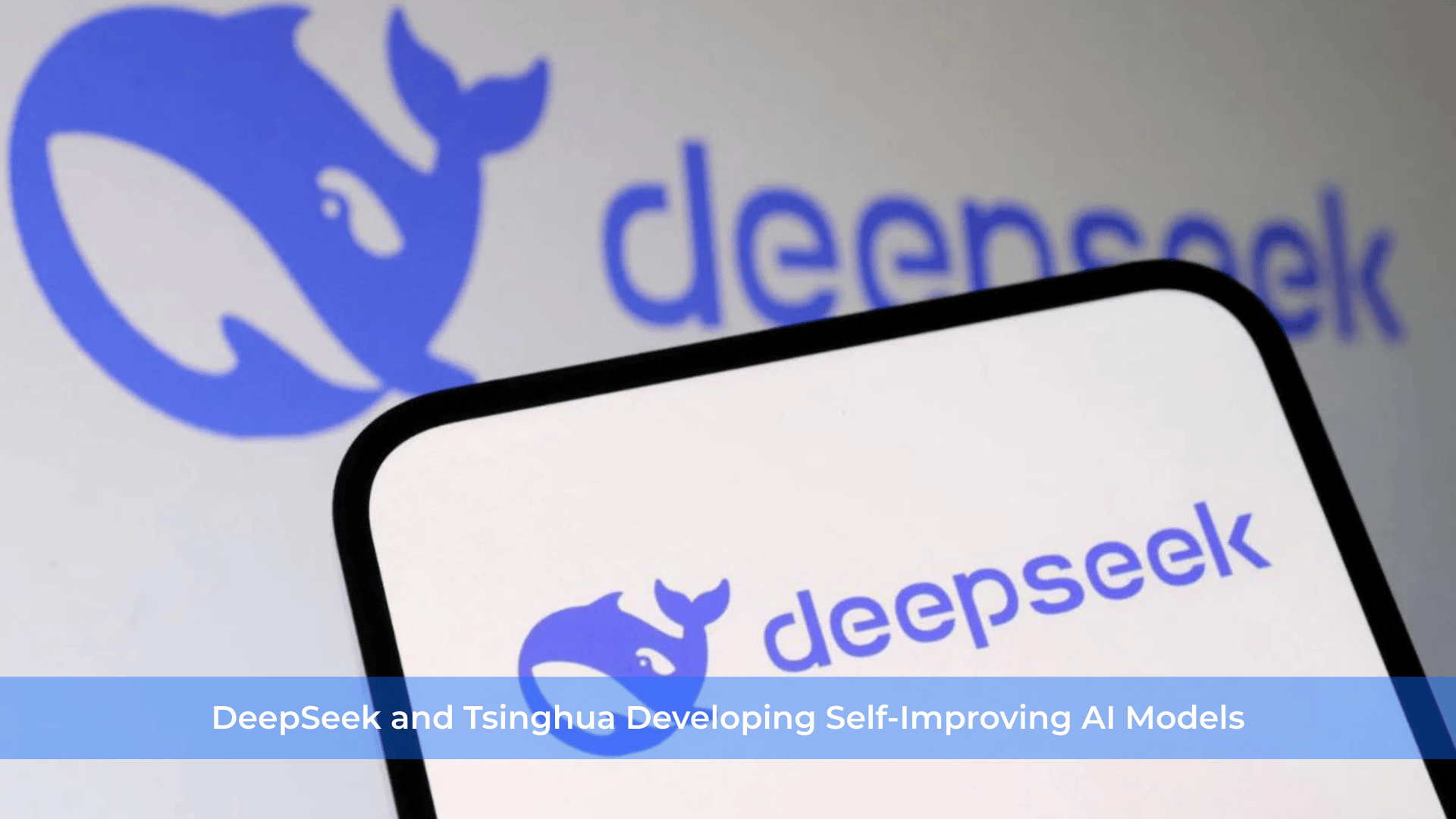In a significant step toward artificial general intelligence (AGI), Chinese AI company DeepSeek and researchers from Tsinghua University have teamed up to develop self-improving AI models—systems that can autonomously refine and enhance their performance over time.
This collaboration marks a bold shift in the AI landscape, where static models are replaced by dynamic systems capable of learning and evolving without constant human intervention.
What Are Self-Improving AI Models?
Self-improving AI models are designed to:
- Continuously analyze their outputs and performance
- Identify areas of error or inefficiency
- Re-train or fine-tune themselves based on feedback loops
- Integrate external knowledge or real-time data into their learning process
This goes beyond traditional machine learning, where models are trained once and deployed with limited adaptability. Instead, these systems are built for growth and resilience.
Why It Matters
The partnership between DeepSeek and Tsinghua University is significant for a few reasons:
- Tsinghua is one of China’s top AI research institutions, with a long history of pushing innovation in machine learning and computer vision.
- DeepSeek is an emerging leader in China’s large language models (LLMs) and AI tools, seeking to rival Western giants like OpenAI and Anthropic.
Together, they aim to develop AI that can outperform its initial training through autonomous self-refinement—a significant step toward AGI.
Potential Applications
- AI Research Agents: Tools that help scientists explore data, generate hypotheses, and refine experiments.
- Adaptive Chatbots: Systems that evolve to provide better customer support without new data being manually labeled.
- Autonomous Vehicles: Cars that improve navigation and safety decisions based on experience rather than developer updates.
- Medical Diagnosis Tools: AI that refines its diagnostic accuracy through real-time patient outcomes.
Challenges Ahead
Despite the promise, several challenges remain:
- Safety and Control: A self-improving AI could drift from its original training objectives, raising concerns about alignment and oversight.
- Data Quality: Continuous learning requires constant access to high-quality, unbiased data.
- Transparency: Tracking how and why a model changes over time remains a significant research hurdle.
Conclusion
DeepSeek and Tsinghua’s work on self-improving AI signals a new chapter in machine intelligence. While still in the early stages, this technology could reshape how we think about training, deploying, and interacting with artificial intelligence.
As the AI arms race accelerates globally, China’s move into autonomous, evolving AI systems may place it at the forefront of next-gen innovation.

